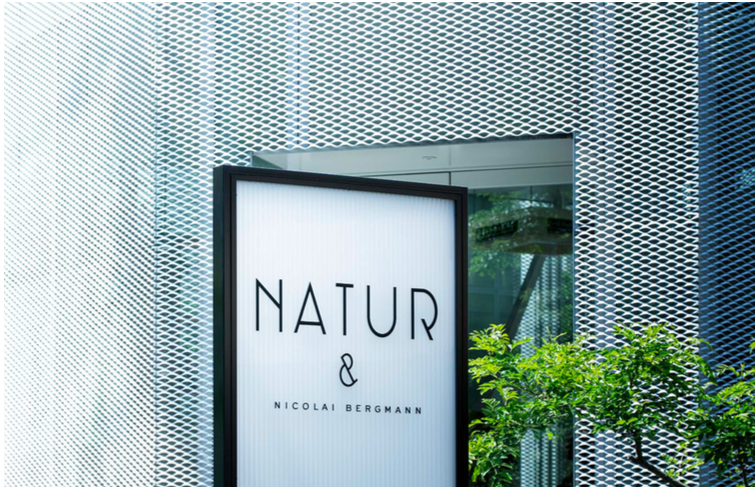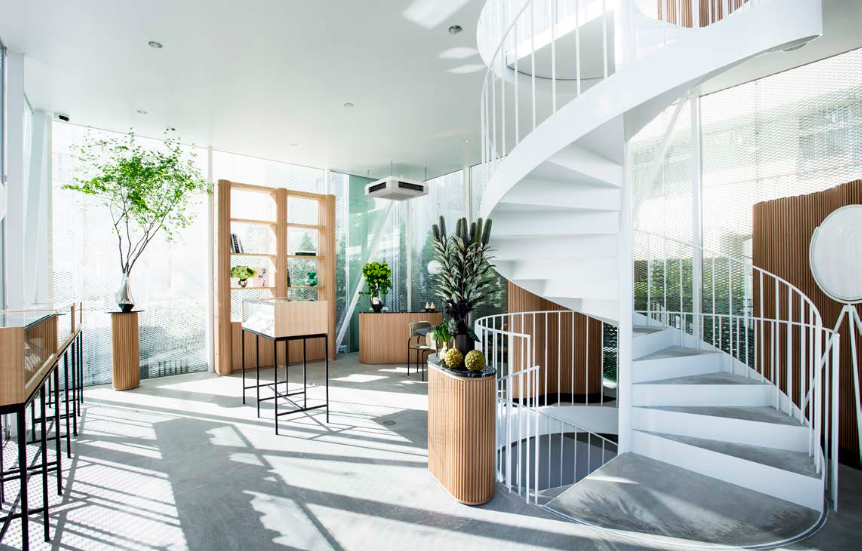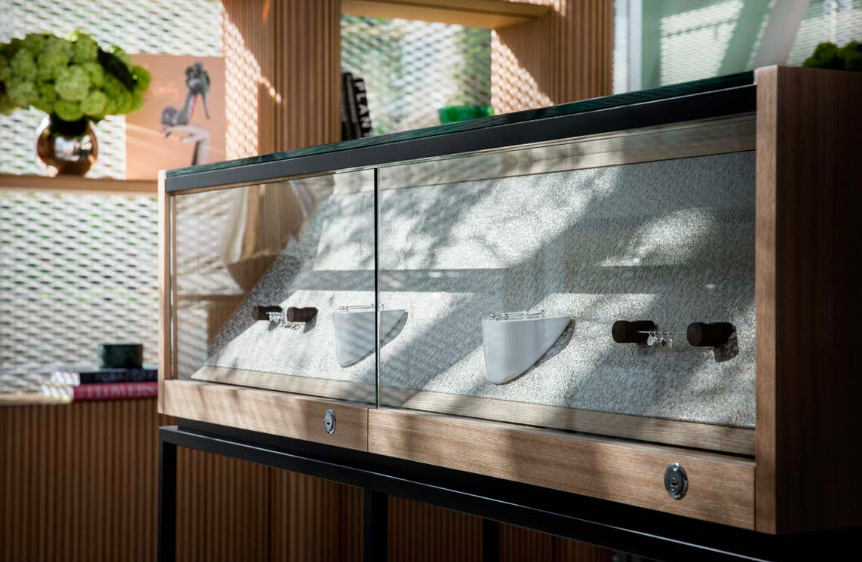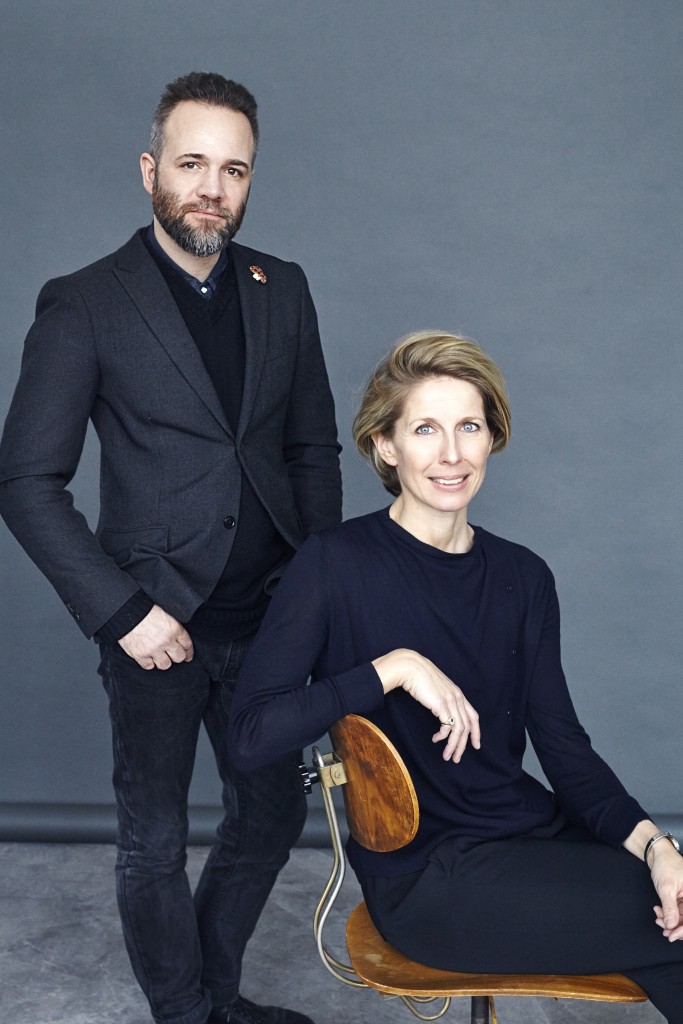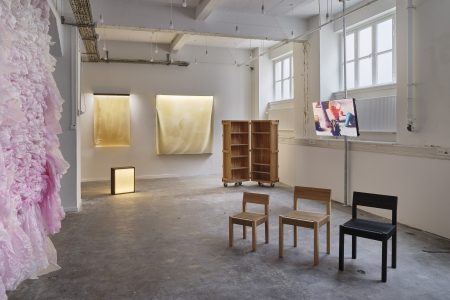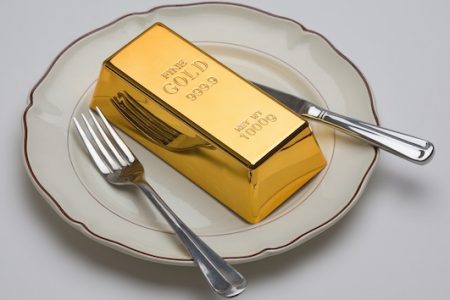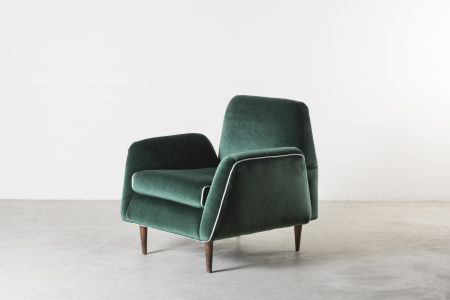Nicolai Bergmann & Thomas Lykke : Nordic Sophistication
Nicolai Bergmann & Thomas Lykke are two danish designers who collaborated on conception of the flagship store for the new Jewelry ‘s collection of Nicolai Bergmann in Tokyo.
After 25 years working with flowers and two decades living in Japan, Nicolai Bergmann has shifted his focus to gold and diamonds, launching his first collections of casual, bridal and fine jewellery under the label Natur in Tokyo. These collections are housed in a glass and white steel mesh building by Pritzker Prize-winning Japanese architecture firm SANAA. Ethereal, light-filled and spare, the Nordic-inspired interiors of the flagship store were designed by Thomas Lykke’s studio OEO. The two Danish designers, united by their love affair with Japan, have found immense success there and see natural links between their native Denmark and the land of the rising sun.
TLmag: Describe the store you created for Nicolai Bergmann.
Thomas Lykke: The spirit of the interiors is about Nordic sophistication—very minimal, but slightly grander than the usual Scandinavian design. It’s also Nordic in the use of colours and materials like oak that add warmth and a reminder the Danish modern movement. The cabinets and pedestals, handmade by Japanese cabinetmakers, and 3D-printed porcelain jewellery displays are bespoke, with Gubi Coco chairs and Hosoo Nishijin-ori silk textiles, washi paper and gold thread that we designed. There are Moon tables and Stay loungers by Space Copenhagen, a Flos Superloon lamp by Jasper Morrison and Georg Jensen vases by Todd Bracher. We picked furniture in pale colours for a flowery feel, which adds softness to a very graphic building. It taps into Nicolai’s universe as well—flowers are a big part of the decor, and he can fill the room dividers with his artistic floral arrangements to create flower walls. The building by SANAA is a beautiful frame for a concept like this. It lets light in so you see shadows and the diamonds sparkling in the natural light, but you don’t feel exposed. It’s a nice balance between openness and privacy. People outside can’t see you, but you don’t feel like you’re in a box. In the jewellery business in Japan, you have kawaii brands and classic brands like Cartier or Chaumet. We took a different approach to ensure that the store has its own identity true to Nicolai’s background. There is a hint of Japanese inspiration, but we intended to make the feel more Nordic. Then again, Japanese design is also sometimes very Scandinavian, and vice versa.
TLmag: Was it important to have a Danish studio design your store?
Nicolai Bergmann: Yes, I think you need somebody from Denmark to be able to create this understated Nordic feeling It’s nice to be able to express myself in Danish and to have them immediately understand what I want. My flower design is Japanese and Danish; it’s East and West mixed together, and OEO also loves that combination. There are so many nice synergies between what we do that it worked very well for the interiors. My jewellery is influenced by Denmark and Japan, too. When a flower artist makes jewellery, everybody expects flowers, but I didn’t want to begin with blooms. Almost all the pieces start with a small bud. I wanted to show what inspired me when I came to Japan: branches, leaves, berries, things I’d never seen before. I have focused on the stage before flowers bloom, recreating the simple shapes of nature.
TLmag: What’s the latest news about Japan Handmade, an alliance of Kyoto companies you initiated that perpetuates traditional crafts through contemporary designs?
T.L.: All in all, it’s a great story. The alliance members are really happy. We’re doing an indigo dining table with Nakagawa Mokkougei woodworkers in collaboration with Melanie Courbet in New York for a Christie’s auction in London. With Kohchosai Kosuga, we’re doing the Plateau collection in smoky brown bamboo inspired by rice fields, like a vanity for women, for storing jewellery, cotton swabs, small bathroom products or potpourri. Then we have a special project where we’re going to involve at least four of the companies—with Kaikado teaware, Kanaami-Tsuji metal knitting, Asahiyaki porcelain and Hosoo textiles—and maybe all six. It’s a very unique relationship. They are like family. Masataka Hosoo even came to Copenhagen for his honeymoon, and we gave him an experience at [OEO-designed restaurant] Kadeau.
TLmag: Tell me about Kaikado Cafe in Kyoto.
T.L.: Kaikado Cafe is in a century-old building, a former tram repair shop. It was empty for 40 years and was in very poor condition. But it was beautiful, with double-height ceilings—a bit unusual for Japan, especially Kyoto. We designed everything from the cafe, kitchen and garden to the private bar and gallery. We worked with a local architect, since it was a complete renovation involving concrete reinforcement of the building to make it stable and earthquake-safe again. There’s a lot of new design, but we tried to maintain as much of the original building as possible, all the marks of time, small traces where a driver had written on the wall—everything worthy of being preserved. We made a huge glass facade and five-metre-tall windows with transparent Hosoo curtains. The cafe also serves as a showroom for Japan Handmade: they sell tea caddies and show antique caddies. It has been an overwhelming success. The Japanese government registered the cafe as Tangible Cultural Property, and everybody has been popping in to have coffee there, even the English food writer Nigel Slater. It was brave of Kaikado to take the step from being a tea caddy maker to a cafe owner. They understood how to work with the brand universe beyond simply a product point of view. It shows how you can evolve without diluting your values as a craftsman. Now I think there are no limits to what Kaikado can do.
TLmag: Describe the links between Denmark and Japan in terms of design.
T.L.: There are many similarities because there is a shared appreciation of quality, craftsmanship, beauty and simplicity, maybe a little Zen minimalism.
N.B.: Denmark has completely developed over the years. Danes feel the need to optimize everything. If it were up to them, they would have robots doing everything, but they started out the same way as Japan, with all the famous Danish furniture craftsmen. The origins were the same: two different cultures that both cared about details and craftsmanship. Our sense of appreciation is also the same, but Denmark has jumped 50 years ahead. If you take the flower world, Japan is a mountainous country of almost 3,000 kilometres. You have small growers spread out everywhere. They can live from doing a few hundred flowers a day. They don’t need a Lamborghini or a big house at the ocean. They just need to produce flowers and have a nice life and they’re perfectly happy. And the prices stay the same. Where I grew up in Denmark, there were at least 50 small growers. Now they’re gone. Today, it’s about making flowers in seven-hundred-thousand-square-metre factories so they can make the same boring flowers for the cheapest price. The soul is slowly disappearing. That’s why I try to showcase my purchases of Japanese flowers and keep the small growers in business.
TLmag: What are your current projects?
T.L.: We just finished the Flos and Brdr. Krüger showrooms in Copenhagen. We’re working on a Sticks’n’Sushi penthouse restaurant at the Tivoli Hotel in Copenhagen with a lot of custom-made design. We’re launching new Coco editions for Gubi, a dining chair for Fredericia, and a big chair, stool and desk collection for HBF in Chicago. We’re also working on a big project with Starbucks. They’re launching a new premium brand called Roastery, which is taking coffee to a fine-dining level. After founding the first Roastery in Seattle, the company is moving on to a big roll-out, with a two-thousand-square-metre location in Shanghai opening this year. Milan, Tokyo, New York and Chicago will follow next year. We are involved in the Shanghai Roastery, particularly the lighting, and might be involved in the Tokyo location as well. It’s an interesting experience, both working with craftsmen and with a big American brand that has muscle. I think we’re privileged to work on so many kinds of assignments. We like pushing ourselves by tackling different types of projects. We don’t like to be put in a box.
TLmag: What are your plans for Natur?
N.B.: My jewellery brand fills a gap in many markets. It is the only brand designed by a flower artist that is solely influenced by the botanical world. You can definitely look forward to seeing it grow. The first collections are very focused on the stage before flowers bloom. Over the next few years, I will focus on the blooming part and add different kinds of stones and diamonds. I’m also working on a men’s line that will be launched when it feels right to me.
